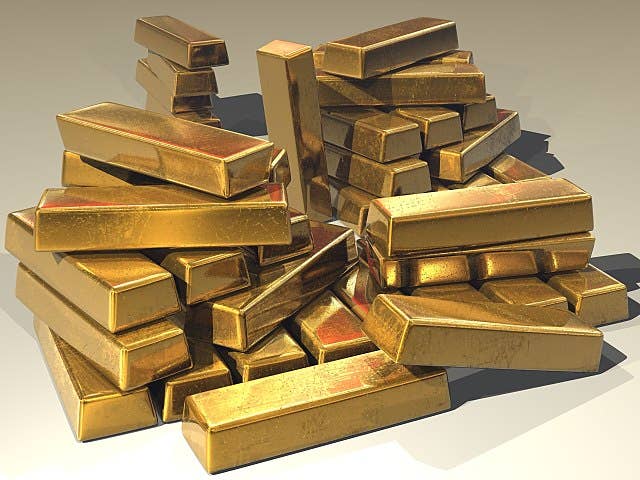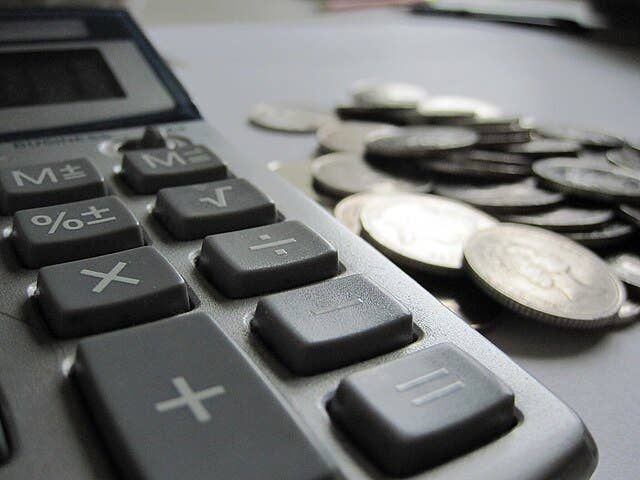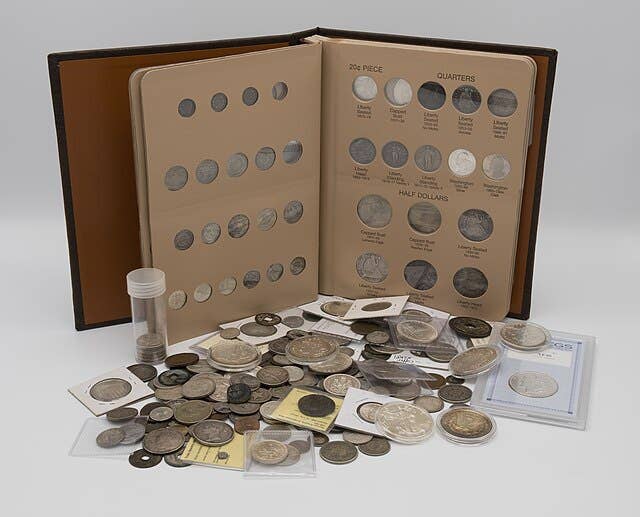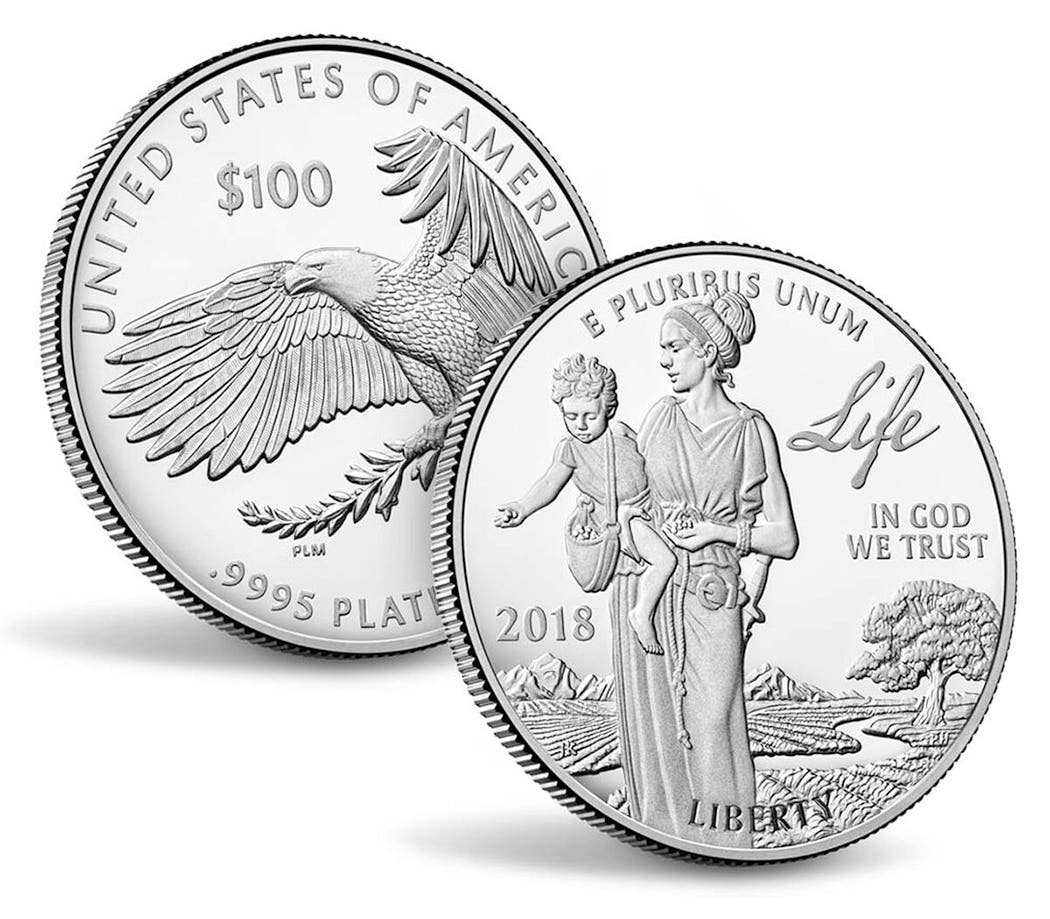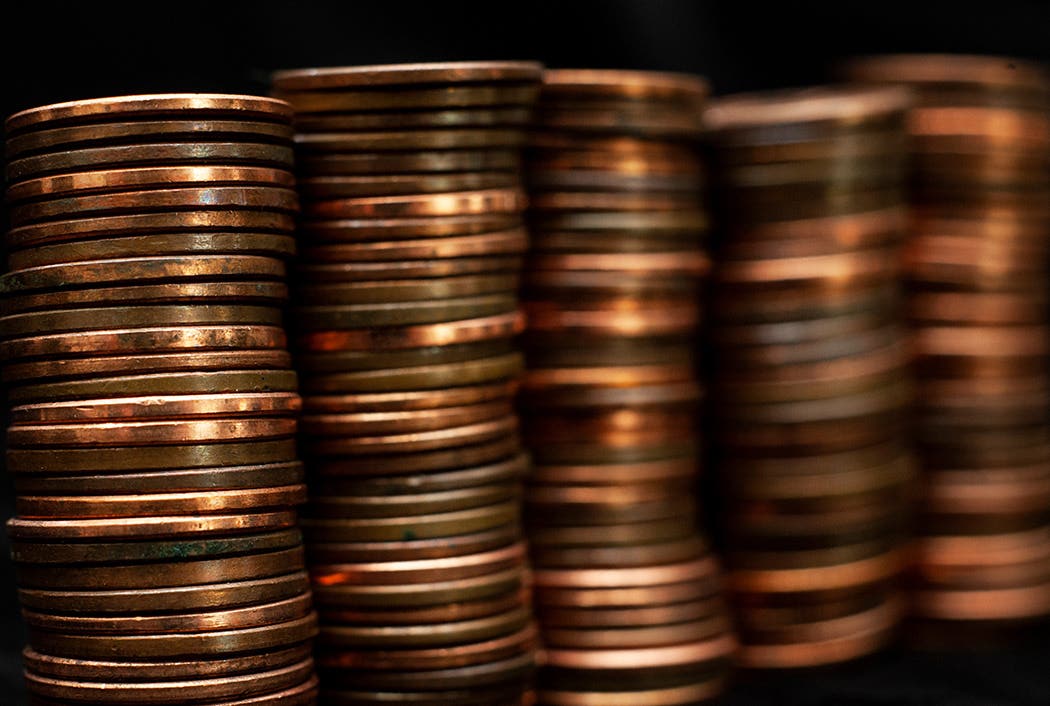The Value of Comparison Shopping
When you visit dealers at shows or browse photos of their merchandise online, you’ll soon notice that each dealer’s subjective descriptions often differ significantly from those used by others to describe similar products.
Experienced collectors know you don’t just look at a written description of a coin or bank note and the price to find the best value. You must examine the actual item, either in person or online, if possible, or be able to take advantage of a return privilege for a refund.
Although technical grades are in discrete increments, collectors soon learn that pieces of a described grade, such as a Very Fine-20 specimen, could technically grade anywhere from Very Fine-20.0 to Very Fine-24.9. The elements of eye appeal, strike, luster, location, and quantity of bag marks can also affect which pieces a collector would personally prefer, with different collectors making different choices.
Consequently, the lowest price for an item of the described grade may not reflect the best value. It can and does happen that two examples described as the same quality, even with the same grades assigned by the same third-party grading service, may have the more expensive piece being well worth the extra cost.
If you visit dealers at shows or examine photos of their merchandise online, you will quickly learn that dealer-subjective descriptions don’t match how other dealers describe their products.
This definitively proves the value of comparison shopping.
Many numismatic and precious metals bullion products are sold in television and radio commercials, print ads in non-numismatic periodicals, and on social media, where most of those exposed to the marketing campaigns are novices about such products. My experience is that many such products are priced much higher than they would be if offered for sale in a numismatic venue. Here again, if you see such products offered for sale, it would be relatively easy to comparison shop for the same items in online marketplaces, search online for dealers offering the same items, or call or email one or more coin dealers to ask if they can provide the same item and at what price.
There is one obstacle in trying to do some comparison shopping opportunities. There are so many “commissioned” coin and paper money issues sold exclusively to one marketer that you sometimes could only purchase from one seller. The track record of most such issues over the years is that they do not experience appreciation if the original selling price is far above precious metal content. One thing to consider is that any modern issue offered at a premium price where you cannot find a comparison price from another seller may be an issue to avoid adding to your holdings until you can find it in the secondary market.
When it comes to purchasing bullion-priced precious metal coins and ingots, no dealer will always be the low-price seller on every product, in every quantity, on an everyday basis. When my company makes price comparisons, we find continuing changes over time in who the lowest-priced seller is, which can also vary depending on order size.
Some dealers may also claim they are selling such goods at lower premiums than the intrinsic value but then quote a higher spot price on which they calculate their selling price. Some dealers also require added postage or a minimum-size purchase. When doing comparison shopping, the key number you want is the total amount you have to pay for the quantity of items you want to purchase.
Seasoned collectors and precious metals buyers almost certainly know the above information. But, even if you do, sometimes you need a gentle reminder of how to get the best value for your hard-earned funds.
Last week’s numismatic trivia question.
Last week, I asked— What is the name of the statue from which sculptor Augustus Saint Gaudens adapted the design for Liberty that appears on his famous $20.00 Gold Double Eagle? Where is this statue located? Augustus St. Gaudens adapted Ms. Liberty’s design on the coin from his Central Park in New York City sculpture titled “Victory.” In particular, in this piece, he reproduced his (vision) image of Nike, the Greek goddess of war, art, music, and athletics.
This week’s trivia question
Here is this week’s question. Why are all the Willow, Oak, and Pine Tree coins dated 1652 rather than the year struck? Come back next week for the answers.
Patrick A. Heller was honored as a 2019 FUN Numismatic Ambassador. He also received the American Numismatic Association 2018 Glenn Smedley Memorial Service Award, the 2017 Exemplary Service Award, the 2012 Harry Forman National Dealer of the Year Award, and the 2008 Presidential Award. Over the years, he has also been honored by the Numismatic Literary Guild (including twice in 2020), the Professional Numismatists Guild, the Industry Council for Tangible Assets, and the Michigan State Numismatic Society. He is the communications officer of Liberty Coin Service in Lansing, Mich., and writes “Liberty’s Outlook,” a monthly newsletter on rare coins and precious metals subjects. Past newsletter issues can be viewed at www.libertycoinservice.com. Some of his radio commentaries, "Things You ‘Know’ That Just Aren’t So,” and “Important News You Need To Know,” can be heard at 8:45 a.m. Wednesday and Friday mornings on 1320-AM WILS in Lansing (which streams live and becomes part of the audio archives posted at www.1320wils.com).
You may also like:

